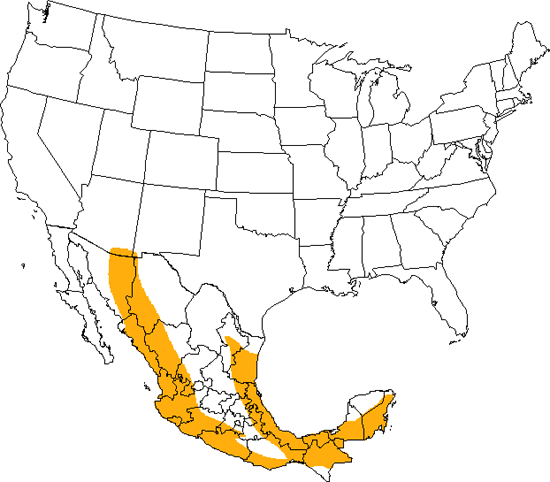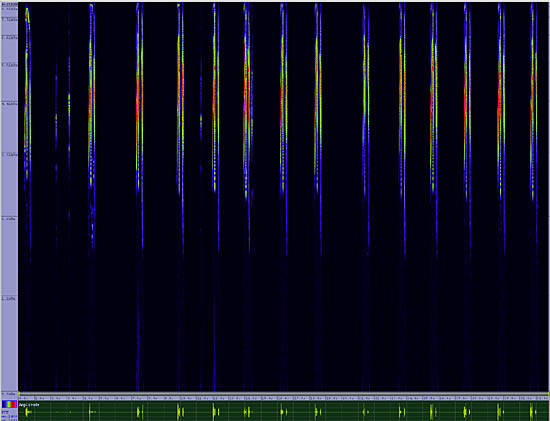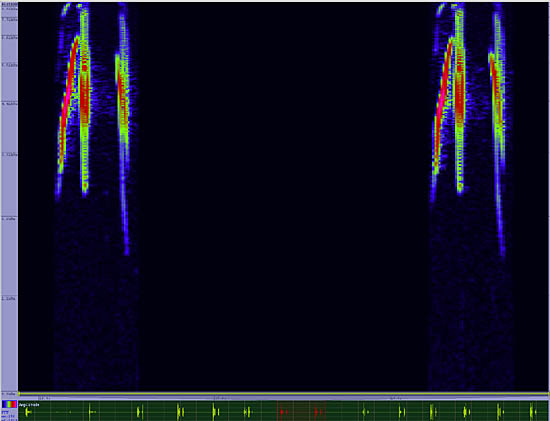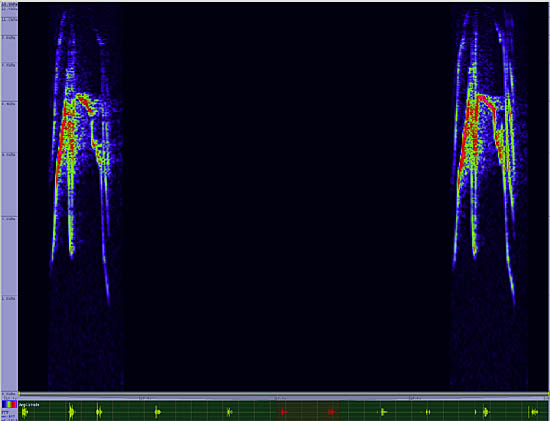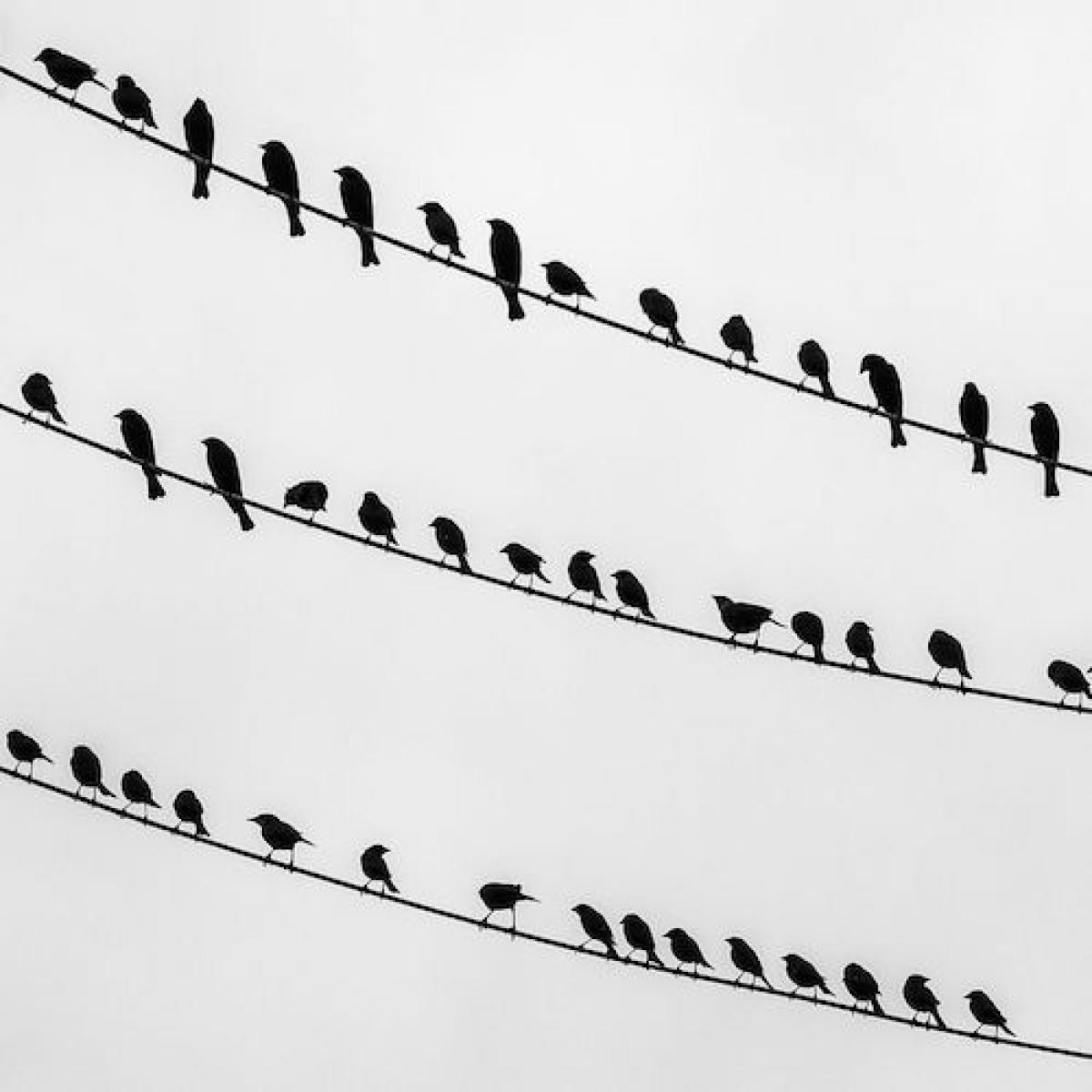Sulphur-bellied Flycatcher
Myiodynastes luteiventris

Perching
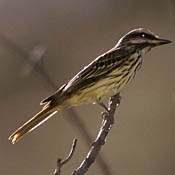
Length: 9 in. (22 cm )
Confined in the summer to mountain canyon forests with sycamore trees, this flycatcher is aggressive and noisy. It eats insects that it catches in the air and fruits. Nesting is in a tree cavity of a sycamore, and breeding begins later than most other birds of the area in late May and early June. The Sulphur-bellied Flycatcher winters as far south as Amazonian South America.
The four-digit banding code is SBFL.
Bibliographic details:
- Article: Sulphur-bellied Flycatcher
- Author(s): Dr. Biology
- Publisher: Arizona State University School of Life Sciences Ask A Biologist
- Site name: ASU - Ask A Biologist
- Date published: 13 Jul, 2017
- Date accessed: 28 July, 2025
- Link: https://askabiologist.asu.edu/activities/bird/sulphur-bellied-flycatcher
APA Style
Dr. Biology. (Thu, 07/13/2017 - 15:37). Sulphur-bellied Flycatcher. ASU - Ask A Biologist. Retrieved from https://askabiologist.asu.edu/activities/bird/sulphur-bellied-flycatcher
Chicago Manual of Style
Dr. Biology. "Sulphur-bellied Flycatcher". ASU - Ask A Biologist. 13 Jul 2017. https://askabiologist.asu.edu/activities/bird/sulphur-bellied-flycatcher
MLA 2017 Style
Dr. Biology. "Sulphur-bellied Flycatcher". ASU - Ask A Biologist. 13 Jul 2017. ASU - Ask A Biologist, Web. https://askabiologist.asu.edu/activities/bird/sulphur-bellied-flycatcher
Be Part of
Ask A Biologist
By volunteering, or simply sending us feedback on the site. Scientists, teachers, writers, illustrators, and translators are all important to the program. If you are interested in helping with the website we have a Volunteers page to get the process started.



